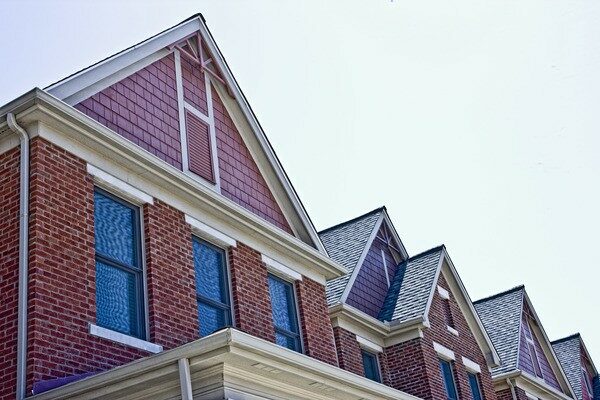
Can banishing the blues, sleeping soundly and waking energized be as simple as changing a light bulb? Light affects sleep/wake cycles, body temperature, hunger, physiology and behavior. So aligning lighting with our bodies’ natural circadian rhythms is an important step in improving well-being, productivity and relaxation.
New, smart lighting is helping balance circadian rhythms, augmenting WiFi and acting as hubs for a variety of smart devices.
Smart lighting to help you sleep
One new smart light bulb is designed specifically for bedrooms, to overcome the problem of light-induced wakefulness. These smart bulbs help resolve that problem by mimicking the sun, transitioning its light from the energizing blue wavelengths of early morning light to the calming light of evening sunsets. This transition prepares the body for sleep, helping trigger the release of the sleep-inducing hormone melatonin in the evening and the release of the stimulating hormone cortisol in the morning.
Another smart bulb in the same family of lights is designed to provide optimal, customizable light throughout the house. Single bulbs or groups of lights can be dimmed or brightened with a tap on your smart phone. That app also supports custom scenes, such as “arrive home” or “watch movie.”
Changing from standard bulbs to smart bulbs is as easy as screwing them into any 60-watt light socket and downloading the relevant app for iOS or Android. A smart hub isn’t needed.
Filtering out blue light
According to the National Sleep Foundation, 95% of Americans use an electronic device within one hour of trying to sleep. Yet, the blue-lit screens of tablets, smart phones, computer screens and TV contribute to poor sleep.
Luckily, many devices have apps available that automatically turn on at night and filter out blue light to support your body’s natural circadian rhythm. In fact, iPhones have this built in through a feature called “Night Shift”. Utilizing screen filters can make it easier to fall asleep if you use electronic devices before bedtime.
User-tunable LEDs
Tunable LEDs are another innovation. With tunable smart bulbs, users can change their LEDs’ color temperature to create the ambiance they want based on function or situation. For example, one manufacturer’s white ambiance bulbs imitate the sun, producing a full spectrum of white light that can be adjusted with a wall-mounted dimmer or smart phone app.
Already-set routines tell the bulbs to gradually increase the light level of the room in the morning, to provide gentle evening light and to gradually dim lights until they are off. With tunable smart lights, you also can create a lighting plan based on the color palette of a favorite picture or control the lights while you’re away to ensure your home appears occupied. From a design standpoint, these lights can be grouped to define spaces in open concept floor plans and to adjust ambiance with a click to control rooms, routines or scenes.
Regular LED bulbs also are finally being manufactured with the aesthetics of vintage incandescent bulbs (which are no longer manufactured) and candelabra bulbs, allowing energy efficient, visually pleasing solutions for fixtures with visible light bulbs.
Illumination plus
Smart lights are doing more than controlling lighting, though. Lighting manufacturers, are developing smart LEDs that that can be used as sensors to function as internet hubs.
Li-Fi technology can even replace WiFi in some areas to deliver Internet connectivity through light bulbs. The LED bulbs become wireless transmitters, downloading and uploading information at a rate of 40Mbps (high speed Internet is considered 25Mbps). Because Li-Fi doesn’t penetrate walls, it is more secure than WiFi, which uses radio signals that can be hacked from some distance.
In 2016, a LiFi innovator introduced an app to allow it to be controlled from a smart phone. This technology has the potential to turn every light into an Internet access point.
These new LEDs are a logical early step toward the much ballyhooed Internet of Things, providing an immediate benefit in the form of more restful sleep and more alert morning and improved ambiance and functionality. And the best part is that most of this functionality is available now.
Lighting isn’t the only smart household appliances that can make life easier. Check out these other smart appliances that you might find useful to install in your home.



